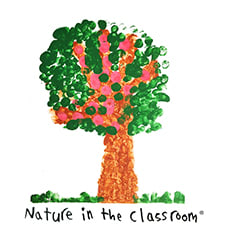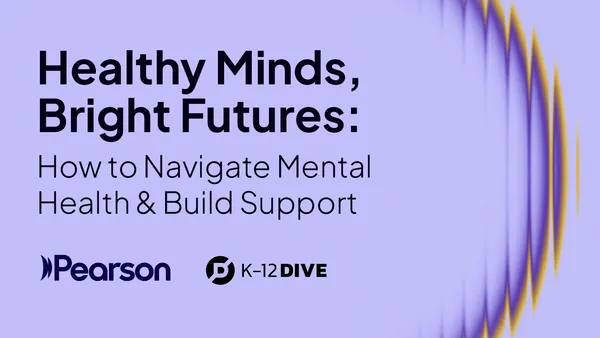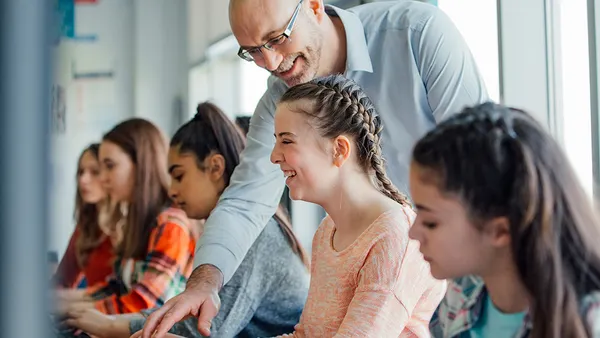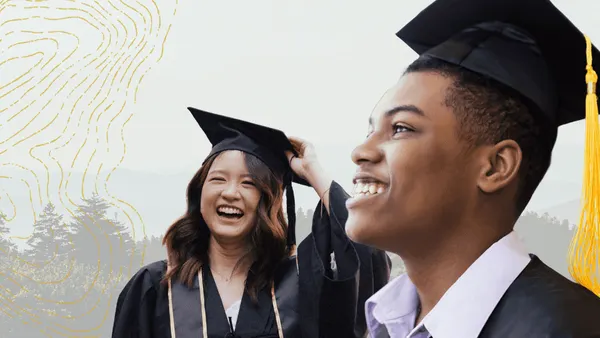Dive Brief:
- Personalized learning is expanding learning opportunities tied to students’ cultural heritage, allowing them to pursue independent projects and giving them the ability to learn at their own pace, Lisa Epstein, principal of Richard H. Lee Elementary School in Chicago’s West Lawn neighborhood, writes for Chalkbeat.
- While aware of the debate over whether personalized learning models represent a Silicon Valley “takeover” of schools, Epstein writes that her school has seen a “paradigm shift that is bottom-up and teacher-led.”
- She includes the example of a teacher with a traditional, structured approach who, instead of leaving the profession as personalized learning expanded, has “found that trusting students with the responsibility to be engaged and efficient is both more effective and far more rewarding than trying to force them into their roles.”
Dive Insight:
Last month, iNACOL, and other partner organizations, released a "landscape scan" of personalized learning in the U.S., which points to rapid growth of K-12 schools and districts using various models since 2015. One indicator is the percentage of personalized learning proposals for iNACOL’s annual meeting, which increased from 28% in 2015 to almost half of all proposals in 2017. A map of the U.S. shows sites using personalized learning in almost all states, with large clusters in the Northeast and other concentrations in the Midwest, Colorado and California.
Whether schools are gradually incorporating online, self-paced learning programs for students in a few classes or have a school-wide model, it’s clear that personalized learning means different things to different people. In a recent opinion piece for the National Education Policy Center, based at the University of Colorado, high school English teacher Peter Greene shared his skepticism for how many digital tools are being used in the classroom.
“From the educational standpoint, we have to question if anyone can really develop an algorithm or a necessarily massive library of materials that will actually work better than a trained human,” he writes. “From a privacy standpoint, the data collection is troubling.”
Epstein’s article, however, shows that strong leadership is especially important in helping teachers find the right balance between using digital tools and their own instructional expertise.



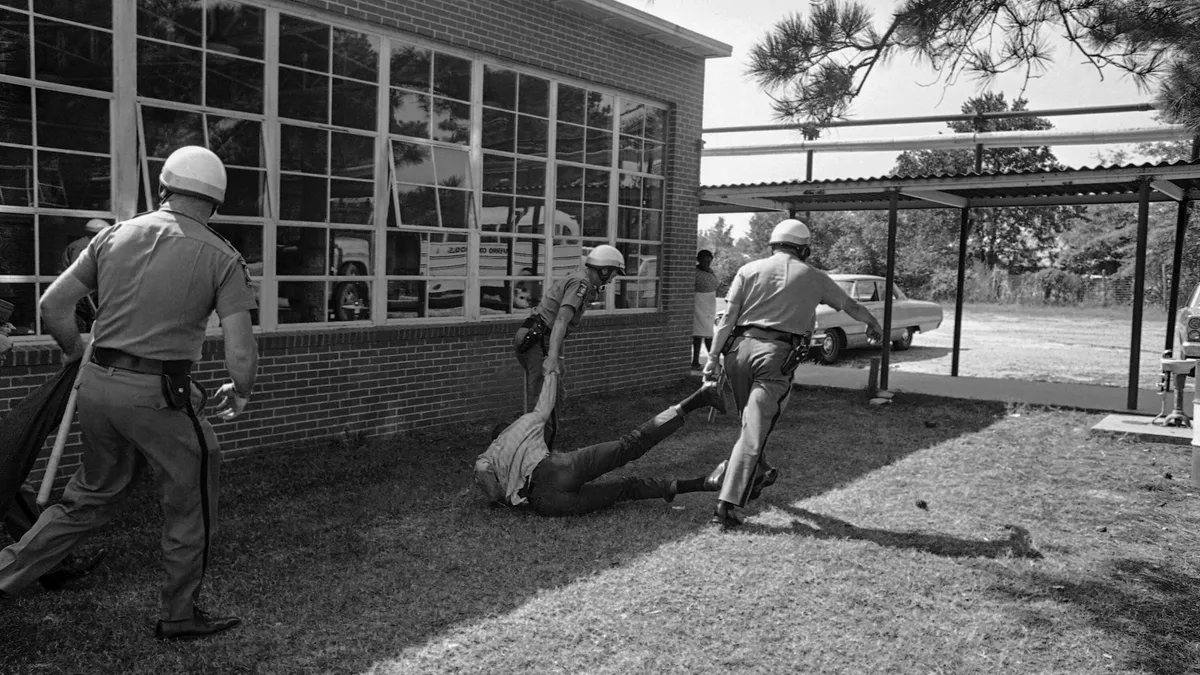


 Dive Awards
Dive Awards

